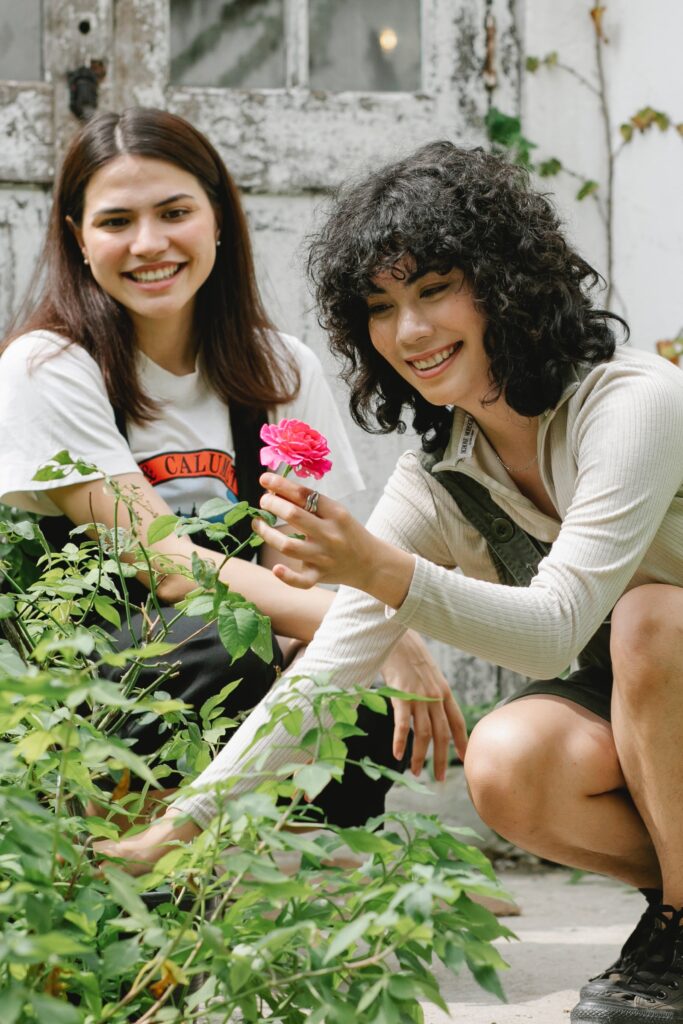
Plant Life
Gardening can be very rewarding but starting from scratch can seem daunting. A good first step is to consider your goals and priorities. There are many different types of gardens and approaches to selecting plants, and a bit of planning helps prime you for success.
Are you looking for plants that are drought tolerant or suitable for spaces with less sun exposure? Do you want food-producing plants or trees, native plants, and/or plants that will support pollinators and local wildlife?



How much space do you want to fill with plants? How much time or labour are you willing to put in to care for the plants? Will a committee care for the garden, or will members have opportunities to select things of their choice as well?
It’s also worth considering things like ease of access to water, watering systems (e.g. hoses, drip lines, etc.), soil quality, and accessibility. For example, if you’re planning to put in garden space that members can plant, it might make sense to consider raised beds so a wider range of people can garden without crouching down. Raised bed gardens come in different forms, depending on your needs, and also have the benefit of allowing you to better control your soil quality, especially for food-producing plants.
If you’re looking to bring in plants to support bees, insects, hummingbirds, and other pollinators, there are many choices out there. It’s a good idea to check that flower mixes do not contain invasive species, particularly if you’re planting a large area or won’t be tending to the area regularly. Native and ornamental plants like large-leaved lupine, blue hyssop, red columbine, and others can help you achieve similar benefits while ensuring that you’re making sustainable and responsible choices.




Resources
- Grow Green Guide (http://www.growgreenguide.ca/)
- Metro Vancouver’s Waterwise Gardening guide (http://www.metrovancouver.org/services/water/WaterPublications/WaterwiseGardening.pdf)
- Regional Planting Charts (https://www.westcoastseeds.com/pages/regional-planting-charts)
- Plant Something BC Resources (https://plantsomethingbc.ca/additional-resources/)
- Fraser Valley Conservancy, Gardening with Native Plants in the Lower Mainland and Fraser Valley (https://fraservalleyconservancy.ca/wp-content/uploads/2018/08/FVC-Native-Plants-guide-Aug-2018-web.pdf)
- Native Plant Gardening (https://npsbc.wordpress.com/native-plant-gardening/)
- FireSmart BC Landscaping Guide (https://firesmartbc.ca/resource/landscaping-guide/)
- Invasive Species Council of BC (https://bcinvasives.ca/)
- Common Pollinators of British Columbia guide (https://eya.ca/wp-content/uploads/2017/07/common-pollinaotrs-of-bc-v40-2.pdf)